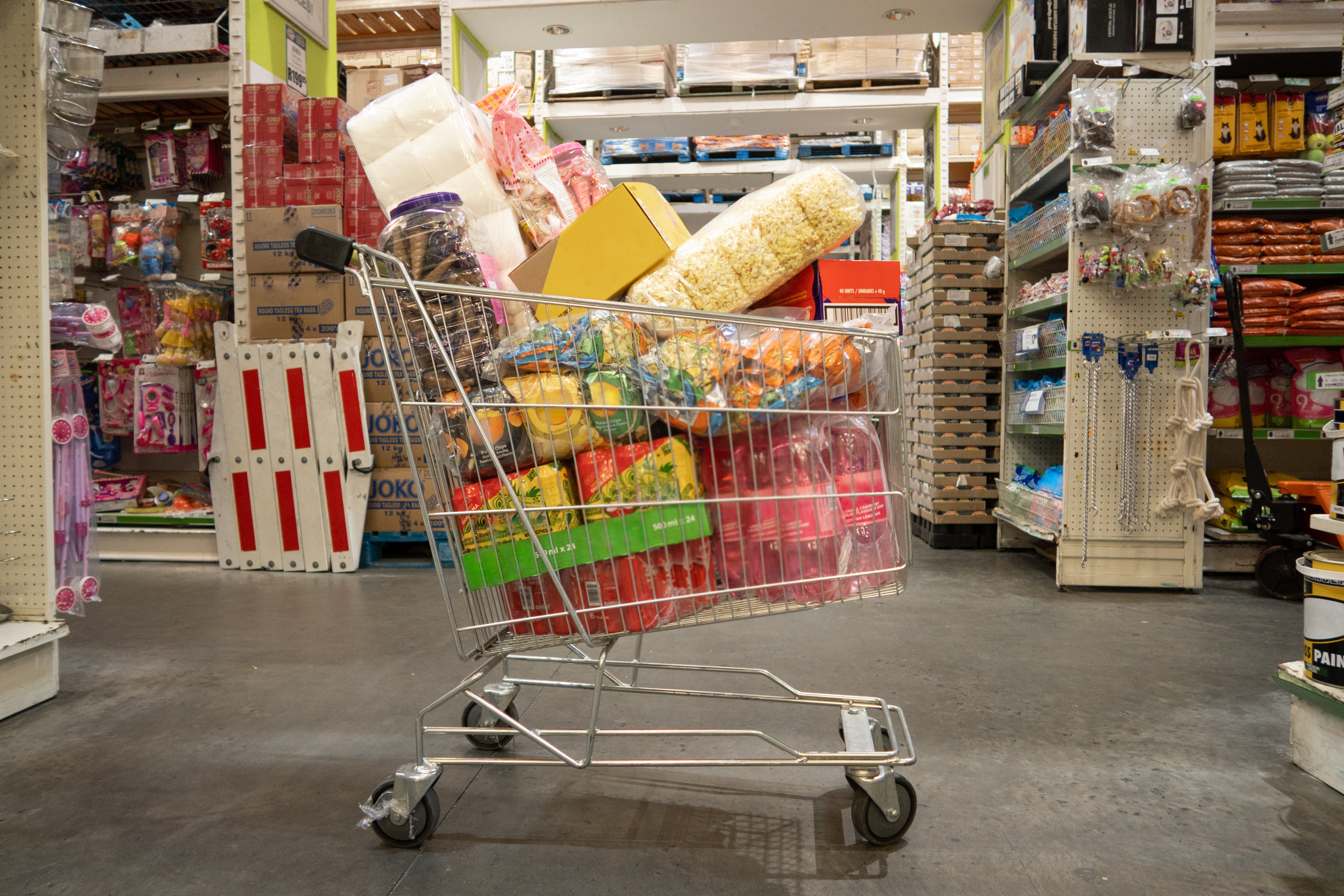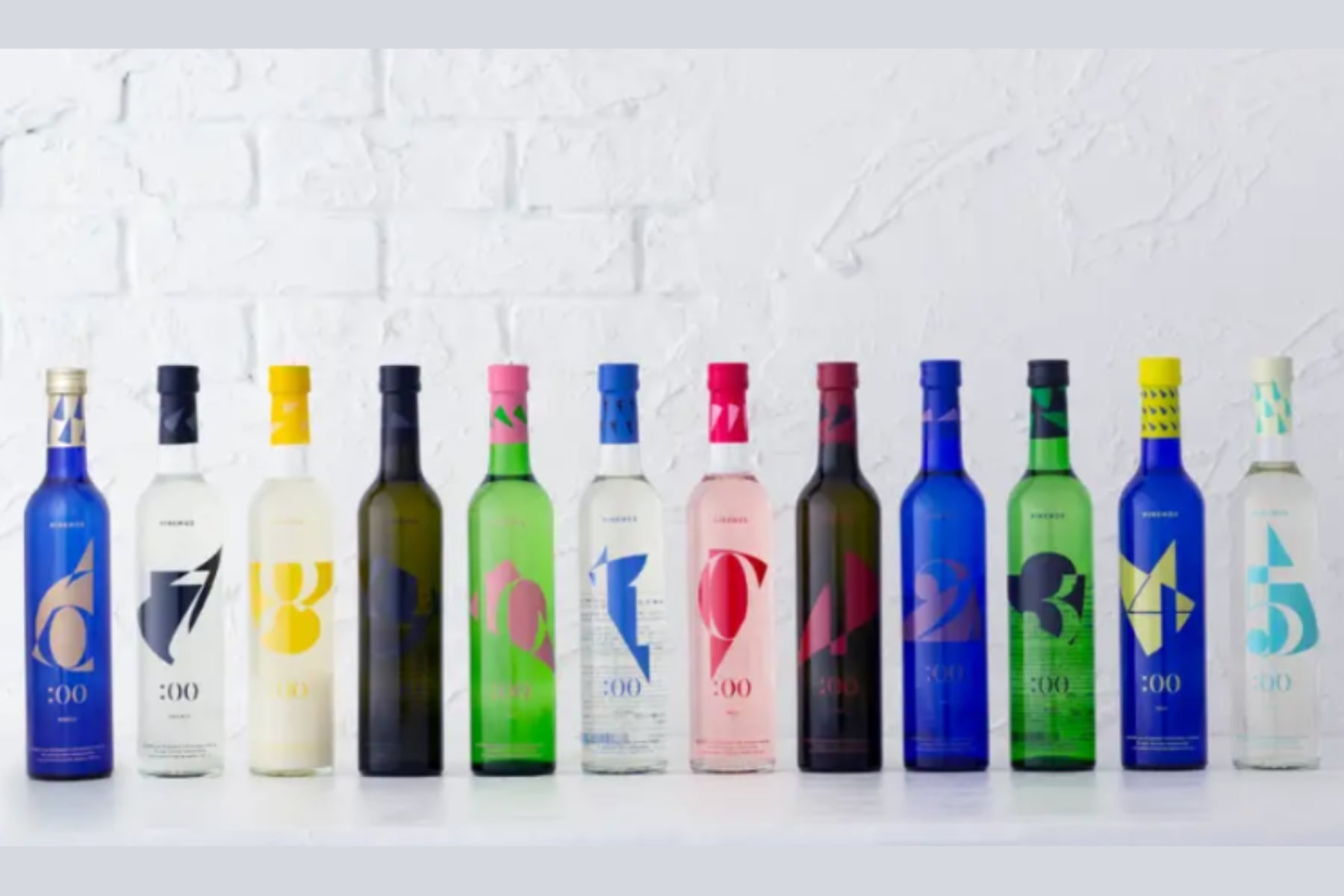Five major trends set to shape APAC food and beverage industry growth in 2025
We take a closer look at five of the top trends that look set to have a major impact on the growth of the Asia Pacific food and beverage industry in 2025.
Amongst these, affordability and accessibility have taken centre stage, whereas alternative protein rejigs, the continued growth of the better-for-you trend across various sectors and more.
Check out the link above to find out more
Banana boundaries: Superskinny Brownie Thins eyes bigger portion of Thailand’s clean label and gluten-free snack markets
Thai-based Superskinny Brownie Thins believes that its clean label flourless brownies made with only five ingredients holds the key to success in the local healthy snacking market.
“There are quite a number of brownie thins in the Thai market currently, but most of these contain flour and added sugar,” Tropical Fruits Fusion Managing Director Sirida Nagadatta told FoodNavigator-Asia.
“We believe that a further step is needed to be considered a healthy snack, and have thus developed our brownies using a banana base so that no sugar at all needs to be added to the recipe due to banana’s natural sweetness.
“These brownie thins are made of just five ingredients: Banana, oat and almond flour, baking powder, salt, and some seasoning to create either the Banoffee or Double Espresso flavours, but we do not add any preservatives or sugar and we do not use wheat flour so the products are all gluten free.”
South Korea launches 19 government-backed reduced-sodium and sugar products
The South Korean government has collaborated with industry to launch 19 reduced-sodium and sugar food and beverage products as it seeks to meet national targets.
The South Korean Ministry of Food and Drug Safety (MFDS) has announced the launch of food and beverage products developed across various popular processed food categories, which were created as part of the national Comprehensive Plan for Reducing Sodium and Sugar.
A total of 19 products were announced including packaged sandwiches with up to 45% of sodium content reduced and a 30% sodium-reduced packaged hamburger, developed in conjunction with Food Planet and Wonfoodrim Co., as well as strawberry ice creams with up to 50% less sugar than average developed with Jena Co.
“Other notable products include bakery items such as castella cakes, packaged soups, tteokbokki (rice cake) soup, sundae (Korean sausage) and iced teas,” MFDS Minister Oh Yoo-kyung said via a formal statement.
“This is in line with the government’s ambition to develop low-sodium and low-sugar products particularly within the processed and cooked foods sectors, to expand the available choices for consumers looking for less salty and less sweet foods.”
2024 Top Trends: This year’s top 10 APAC food and beverage industry trends stories
We have rounded up the top 10 most-read trends-related stories from the food and beverage industry throughout 2024.
Major trends have included alternative protein developments, increased sustainability-focused initiatives, sugar reduction mandates and many more.
Click the link above to find see more.
‘Zero trend’: Brewguru reformulates hit RTD highball with less sugar, alcohol content
South Korean firm Brewguru has reformulated its popular ready-to-drink (RTD) highball product and released a new version with lower sugar and alcohol content, capitalising on the flourishing “zero trend” in the country.
In recent years, there have been a surge of “zero-sugar” food and beverage product launches, spanning carbonated drinks, beers, snacks and more, in the local market.
This trend is reportedly driven by the growing demand for healthier options, such as products with sugar-free or zero-calorie labels, among Korean consumers.
In response to the needs of consumers who are concerned about sugar intake, Brewguru has reformulated its hit product, Fresh Lemon Highball, to contain 79% less sugar.
Compared to the original version that has an ABV of 8.3%, the alcohol content in the new product, called Fresh Lemon Highball Lite, has been cut by more than half to 4.0%.





